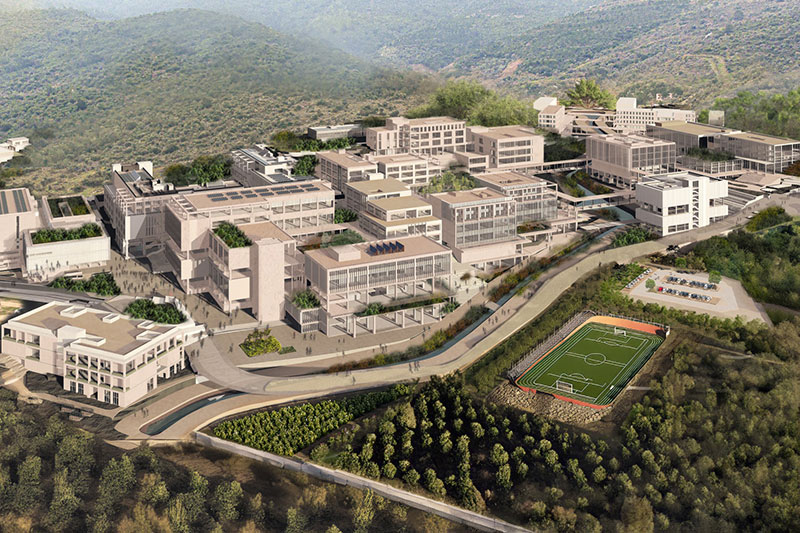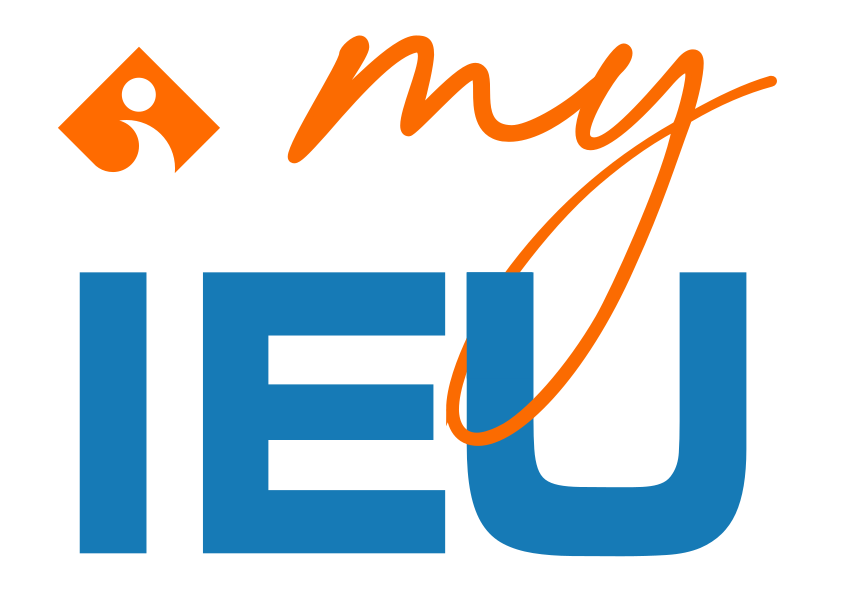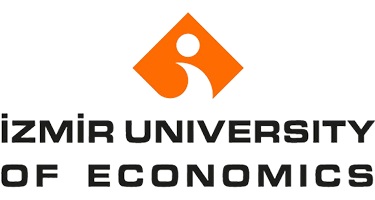ARCH 564 | Course Introduction and Application Information
| Course Name |
İzmir and Urbanization
|
|
Code
|
Semester
|
Theory
(hour/week) |
Application/Lab
(hour/week) |
Local Credits
|
ECTS
|
|
ARCH 564
|
Fall/Spring
|
2
|
2
|
3
|
7.5
|
| Prerequisites |
None
|
|||||
| Course Language |
English
|
|||||
| Course Type |
Elective
|
|||||
| Course Level |
-
|
|||||
| Mode of Delivery | - | |||||
| Teaching Methods and Techniques of the Course | DiscussionField trip / ObservationLecture / Presentation | |||||
| National Occupation Classification | - | |||||
| Course Coordinator | ||||||
| Course Lecturer(s) | - | |||||
| Assistant(s) | - | |||||
| Course Objectives | This course aims to educate students about the urbanization process of Izmir. The course aims to introduce the historical developments in Izmir’s urbanization, planning and design process and important contemporary architectural and urban design projects from an architectural perspective. The students explore and understand the socio-spatial development of the city and theorize these developments in the context of key urbanization trends, urban design principles and planning theories. |
| Learning Outcomes |
The students who succeeded in this course;
|
| Course Description | Izmir is in an important point in terms of urbanization. To examine this process starting from pre-Republic times until now provides crucial results. In this regard, spatial production in Izmir requires through research. Also, examining the traditional urban fabric of Izmir will contribute to understanding the past and present development of the city. The course has three key themes with related course materials: Theoretical perspective on Urbanization, Urban History of Izmir, and distinctive issues for the Contemporary Urbanization of Izmir. |
| Related Sustainable Development Goals |
|
|
Core Courses | |
| Major Area Courses | ||
| Supportive Courses | ||
| Media and Management Skills Courses | ||
| Transferable Skill Courses |
WEEKLY SUBJECTS AND RELATED PREPARATION STUDIES
| Week | Subjects | Related Preparation |
| 1 | Introduction to the Course | |
| 2 | Urbanization: Key Trends | Workshop 1: • Formulating Research Question /Area of interest |
| 3 | Urbanization – Globalization – Urban Competitiveness | Workshop 2: • Presenting Research Question • Working on Literature Review |
| 4 | Historical Perspective on Urban Development of İzmir | Workshop 3: • Presenting Initial Results of Literature Review |
| 5 | İzmir and the New City Center | Reading: Oner, A.C. and Pasin, B. (2015) “Emerging Towers in Bayrakli: Sustainability as a Branding Strategy or a Tool for Local Development?” Buildings , Vol. 5, 834-859. Workshop 4: • Working on the Case Study focusing on İzmir • Collecting Izmir based literature, data and resources. |
| 6 | İzmir and Creative Migration | Reading: Shah, K. A., Gökçen, Ş. ve Polat, B. (2024). “Yaratıcı Sınıfın Göç Eğilimlerinde Yaşam KalitesininmYeri: İstanbul’dan İzmir’e Yaratıcı Göç” Kent Akademisi Dergisi, 17(1):22-42. https://doi.org/10.35674/kent.1388912 Workshop 5: • Working on the Case Study focusing on İzmir • Presenting Initial Results |
| 7 | İzmir and the Design City Identity | Mengi, O., Durmaz-Drinkwater B., Oner, A.C., Velibeyoglu K. (2017). “Place management of a creative city: the case of Izmir”. International Journal of Knowledge Based Development, 8(3), 271-291.Workshop 6: • Working on the Case Study focusing on İzmir • Presenting Initial Results |
| 8 | National Holiday | |
| 9 | Midterm Week | |
| 10 | Presenting the Draft of Research Paper | Workshop 7: • Working on the Case Study focusing on İzmir • Presenting Initial Results |
| 11 | Izmir and Cultural Economy | Reading: Gökçen Ş., Akdemir Z., Alpaslan Hİ., Kumral N., Güçlü M., Türkcan B., Gürel G., Sanul G., Satırcı D., (2013) . İzmir 2012 Kültür Ekonomisi Envanteri ve İzmir Kültür Ekonomisi Gelişme Stratejisi., Edt: Oğuz, S. C. Ve Yaprak Yorgun, B., İzmir Kalkınma Ajansı Yayını, ISBN: 978-605-5826-15-4. Workshop 8: • Working on the Case Study focusing on İzmir • Presenting Results IZKA Creative Industries Report, 2020. |
| 12 | Final Project Submission Critique Session | |
| 13 | Final Project Submission Critique Session- Revisions | |
| 14 | Final Project Submission | Report and Presentation |
| 15 | Final Project Submission | Report and Presentation |
| 16 | Review of the semester |
| Course Notes/Textbooks | There is no required textbook for the course. The list below shows some important books that will be referenced during the class. The readings for each session will be made available through Blackboard as weekly readings. For the final report you will be required to consult these resources as well as additional resources that you identify. |
| Suggested Readings/Materials | Beyru, Rauf (1994), “Planlamada 1935-50 Dönemi, Le Corbusier İzmir’den Geçmişti”, Ege Mimarlık 94/3 (14): 17-23
Bilsel, C. 2009. Izmir’de Cumhuriyet Donemi Planlamasi, (1923-1965): 20. Yuzyil Kentsel Mirasi, Ege Mimarlik, Ekim, pp. 12-17.
Bilsel, Cana (1996), “Ideology and Urbanism During the Early Republican Period: Two Master Plans For İzmir and Scenarios of Modernization”, METU Journal of Faculty of Architecture, 16/1-2: 13-30.
Carmona, M., Heath, T., OC, T., Tiesdell, S. 2003. Public Places Urban Spaces: The Dimensions of Urban Design, Oxford: Architectural Press.
Gökçen Dündar, Ş. (2010) “Rise of Culture, Fall of Planning in Izmir, Turkey”, PASOS Revista de Turismo y Patrimonio Cultural - Journal of Tourism and Cultural Heritage. Special Issue, 8 (3), 51 – 66. DOI:10.25145/j.pasos.2010.08.034.
Gökçen Dündar, Ş. (2010) “Unvan Peşindeki Kentler: ‘Mega’ Projeler ve ‘Mega Etkinlikler’ Üzerinden Bir Bakış”. Mimarlık, 353, 53-58. http://www.mimarlikdergisi.com/index.cfm?sayfa=mimarlik&DergiSayi=367&RecID=2390
Gökçen, Ş. (2018) “The Changing Face of Waterfront Housing Developments in Port District of Izmir, Turkey.", Living in the Harbor - Mieszkac W Porcie, Edt: Gabriela Rembarz, 9788363563479, Studia KPZK - Polska Akademia Nauk Komitet Przestrzennego Zagospodarowania Krajupolska (Studies of the Committee for Spatial Economy and Regional Planning, Polish Academy of Sciences), Warszawa, 2018, pp.57-81.
Gökçen Ş., Akdemir Z., Alpaslan Hİ., Kumral N., Güçlü M., Türkcan B., Gürel G., Sanul G., Satırcı D., (2013) . İzmir 2012 Kültür Ekonomisi Envanteri ve İzmir Kültür Ekonomisi Gelişme Stratejisi., Edt: Oğuz, S. C. Ve Yaprak Yorgun, B., İzmir Kalkınma Ajansı Yayını, ISBN: 978-605-5826-15-4.
IZKA (2020) Türkiye’de Yaratıcı Endüstrilerin İBBS2 Bölgeleri Düzeyinde Analizi:İzmir’e Bir Bakış, İzmir.
Shah, K. A., Gökçen, Ş. ve Polat, B. (2024). “Yaratıcı Sınıfın Göç Eğilimlerinde Yaşam KalitesininmYeri: İstanbul’dan İzmir’e Yaratıcı Göç” Kent Akademisi Dergisi, 17(1):22-42. |
EVALUATION SYSTEM
| Semester Activities | Number | Weigthing |
| Participation |
1
|
10
|
| Laboratory / Application | ||
| Field Work |
1
|
5
|
| Quizzes / Studio Critiques | ||
| Portfolio | ||
| Homework / Assignments | ||
| Presentation / Jury |
2
|
20
|
| Project |
1
|
25
|
| Seminar / Workshop |
8
|
40
|
| Oral Exams | ||
| Midterm | ||
| Final Exam | ||
| Total |
| Weighting of Semester Activities on the Final Grade |
13
|
100
|
| Weighting of End-of-Semester Activities on the Final Grade | ||
| Total |
ECTS / WORKLOAD TABLE
| Semester Activities | Number | Duration (Hours) | Workload |
|---|---|---|---|
| Theoretical Course Hours (Including exam week: 16 x total hours) |
16
|
2
|
32
|
| Laboratory / Application Hours (Including exam week: '.16.' x total hours) |
16
|
2
|
32
|
| Study Hours Out of Class |
12
|
6
|
72
|
| Field Work |
1
|
6
|
6
|
| Quizzes / Studio Critiques |
0
|
||
| Portfolio |
0
|
||
| Homework / Assignments |
0
|
||
| Presentation / Jury |
2
|
4
|
8
|
| Project |
1
|
35
|
35
|
| Seminar / Workshop |
8
|
5
|
40
|
| Oral Exam |
0
|
||
| Midterms |
0
|
||
| Final Exam |
0
|
||
| Total |
225
|
COURSE LEARNING OUTCOMES AND PROGRAM QUALIFICATIONS RELATIONSHIP
|
#
|
Program Competencies/Outcomes |
* Contribution Level
|
|||||
|
1
|
2
|
3
|
4
|
5
|
|||
| 1 |
To be able to advance specialized architectural knowledge based on qualifications acquired at the undergraduate level. |
X
|
-
|
-
|
-
|
-
|
|
| 2 |
To be able to conceive the interdisciplinary nature of the architectural field and apply such knowledge and analytical capacity to interdisciplinary studies. |
-
|
-
|
-
|
-
|
X
|
|
| 3 |
To be able to apply specialized knowledge in architecture in theoretical or practical work. |
-
|
X
|
-
|
-
|
-
|
|
| 4 |
To be able to produce new knowledge by integrating architectural knowledge with knowledge in other disciplines. |
-
|
-
|
-
|
-
|
X
|
|
| 5 |
To be able to diagnose and evaluate a specific problem in architecture and to relate this ability to publishing or practice. |
-
|
-
|
-
|
X
|
-
|
|
| 6 |
To be able critically evaluate knowledge peculiar to the architectural field, facilitate self-directed learning and produce advanced work independently. |
-
|
-
|
X
|
-
|
-
|
|
| 7 |
To be able to communicate contemporary developments in architecture and one’s own work in professional and interdisciplinary environments in written, oral or visual forms. |
-
|
-
|
-
|
-
|
X
|
|
| 8 |
To be able to consider, control and communicate social, scientific and ethical values in the accumulation, interpretation, publication and/or application of architectural data. |
X
|
-
|
-
|
-
|
-
|
|
| 9 |
To be able to critically analyze the norms that inform spatial relationships and their social implications and to develop original thesis according to guidelines. |
-
|
-
|
-
|
X
|
-
|
|
| 10 |
To be able to keep up with developing knowledge in Architecture and participate in academic and professional discussions using at least one foreign language. |
-
|
-
|
-
|
-
|
X
|
|
*1 Lowest, 2 Low, 3 Average, 4 High, 5 Highest

IZMIR UNIVERSITY OF ECONOMICS GÜZELBAHÇE CAMPUS
DetailsGLOBAL CAREER
As Izmir University of Economics transforms into a world-class university, it also raises successful young people with global competence.
More..CONTRIBUTION TO SCIENCE
Izmir University of Economics produces qualified knowledge and competent technologies.
More..VALUING PEOPLE
Izmir University of Economics sees producing social benefit as its reason for existence.
More..


